Located along the California/Nevada border and just east of the Sierra Nevada Mountains, this place valley of extremes. Death Valley National Park swings from snow covered peaks in the winter to wildflower super blooms in the spring. Here, a rare spring rainstorm may be followed by heat waves over 120 degrees Fahrenheit and a drought that lasts through the summer months. Death Valley boasts the lowest elevation as well as the hottest and driest climate in North America. However, despite its morbid name, a diversity of life springs forth from this fascinating valley.
While you might expect Death Valley to intimidate travelers, its eccentric wonders act like a magnet for nature lovers, desert campers, and RV enthusiasts across the continent. As the largest national park outside of Alaska, there are enough things to do and see in Death Valley National Park that even a week-long visit will leave you yearning to return!
So, let’s drive into how you can ensure you can make the most of your trip — all while RVing safely.
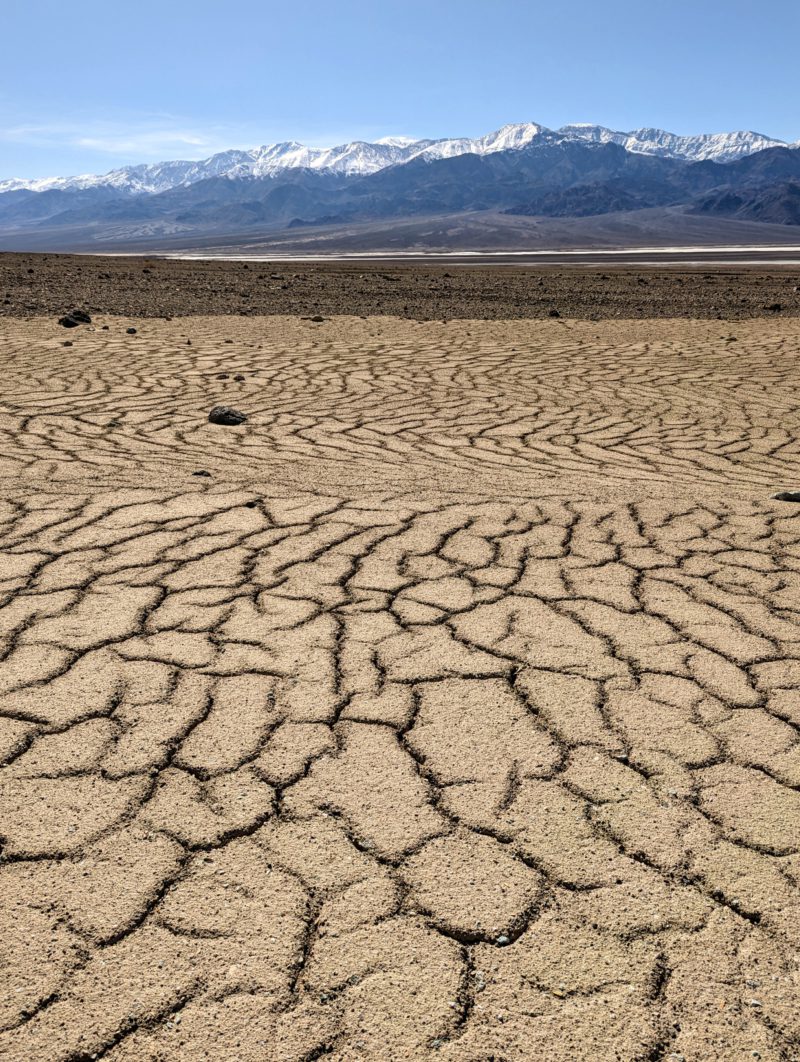
Scenic Drives
Death Valley National Park offers nearly one thousand miles of paved and dirt roads for recreation and exploration. Just about every drive offers stunning views. There are surrounding peaks and an expansive valley floor. The park is full of many unique features. Some of the most interesting drives allow you to explore the Artist’s Palette, Racetrack Playa, Badwater Basin, Mesquite Flat Sand Dunes, and the Ubehebe Crater.
If you want to try some four-wheel drive roads, it’s important not to rely on GPS. Detailed maps are available from the Death Valley Natural History Association. So, grab one. Bring survival gear, spare tires, extra food, and plenty of water if you head out on one of these rough roads. If your vehicle isn’t up for the challenge, consider renting a Jeep from a local outfitter. These vehicles are designed for rugged, backcountry travel if your RV isn’t.
As mentioned earlier, the distances in the valley are vast. So, be sure to fuel up before coming into the park, especially if you plan to do multiple scenic drives. Gas and diesel are available in the valley, but the prices tend to be quite high.
RV Tip! Download the free NPS App to enjoy a self-guided driving tour. Be sure to “save park for offline use,” as cell service is poor in Death Valley. App tours include a park highlights driving tour, a Star Wars film location driving tour, and even a Golden Canyon hiking tour. (See Insider Tips below.)
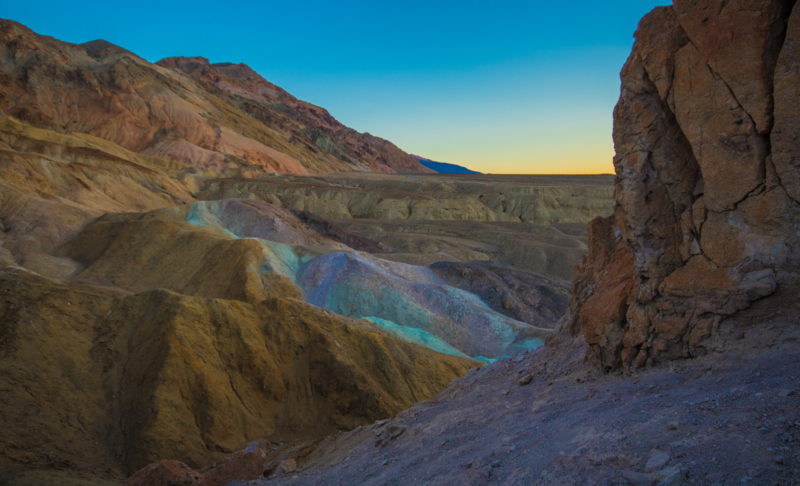
Must-Hike Trails
Hiking trails abound in Death Valley Nation Park, from the lowest to the highest elevations in the park — and everywhere in between. Here are a few of our favorites:
Badwater Basin Salt Flats
This “choose your own adventure “hike is at the lowest elevation of North America. It’s completely flat. It’s also just one mile out-and-back to the edge of the fascinating salt flats, which cover 200 square miles of the valley. If you choose to continue across the valley, plan on five miles each way. While easy, flat walking, it can be deadly hot in the middle of the day in the summer. Difficulty: Easy to challenging, depending on the time of year/day
Golden Canyon
This three- to eight-mile hike offers many options depending on where you start and end. The whole thing can be done in either a clockwise or counterclockwise direction. Either way, the trail winds you through a maze of canyons and washes. You go up and over some fascinating rock formations and petrified dunes, with valley views all around. Difficulty: Easy to moderate, depending on trail length
Mosaic Canyon
This gorgeous four-mile, round-trip hike winds you through slithering slot canyons and short, steep climbs. Its route takes you up and over layers of sculpted marble and colorful sandstone. The first halfmile is relatively easy walking in sand then becomes a bit more of a moderate hike the further in you go. Difficulty: Moderate
Mesquite Flat Dunes
These wind-sculpted dunes are the most famous and accessible sand dunes in Death Valley. While it’s just two miles out-and-back to the tallest dune, walking in deep sand can take two to three times the distance. So, plan accordingly. Also note: Sand can be extremely hot or cold depending on the time of year. Difficulty: Easy to challenging, depending on the time of year
RV Parks & Campgrounds
With thousands of acres of wide-open space, RV camping abounds in this park, both public and private, no matter what size rig you drive. We have often thought that of the 53 percent of NPS campsites that can accommodate 45-foot-plus rigs, Death Valley must house most of them.
Park Campgrounds
The NPS manages over 600 RV campsites in the park, but just 18 sites at Furnace Creek Campground offer full hook-ups. The other five NPS campgrounds are first-come, first-served, no hook-ups, and more like “RV parking lots” with no trees or shade. All offer stunning views of the mountain peaks all around. It’s important to note that some campgrounds do not allow generators. So, bring those solar panels, as there is plenty of sunshine to generate all your own power silently!
If your rig is set-up for traveling on very rough terrain, roadside camping is allowed along dirt roads at least one mile away from the junction with any paved road or “day use only” dirt road. Permits and reservations are required in some locations. Check the park website for details.
Private Campgrounds
Privately operated campgrounds within the valley accept reservations year-round at Stovepipe Wells RV Park, The Oasis at Death Valley Fiddlers’ Campground, and Panamint Springs Resort. While privately run, most of the sites within these private campgrounds do not offer RV hook-ups. However, they do offer showers, a pool, and other resort amenities.
For boondocking options, the park is surrounded by Bureau of Land Management (BLM) land and they allow permit-free RV and tent camping. (The Dyrt PRO campground locator app makes it easy to find this free public land.)
Seasonal Advice
Death Valley is full of superlatives. In addition to being the largest national park in the contiguous 48 states, it is also the hottest place on the planet and the driest place in North America. Summer temperatures often top 110 degrees Fahrenheit in the shade with overnight lows dipping into the 80s. Average rainfall is less than two inches, a fraction of what most deserts receive. Occasional thunderstorms, especially in late summer, can cause flash flooding.
Unless you are a hot weather lover, the most comfortable months to explore this park are November through March, when the weather is typically very pleasant. Winter daytime temperatures are mild in the low elevations, with cool nights that only occasionally dip below freezing. Higher elevations will be much cooler than in the valley.
Sunny skies are the norm, but winter storms and summer monsoons can bring cloud cover and rain. Wind is common, especially in the spring, and extreme dust storms can suddenly pop up ahead of cold fronts. So, watch those awnings and easy-up tents.
Come prepared for sun, wind, rain, and intense dust storms, and you’ll have a wonderful time exploring this fascinating national park!
Insider Tips!
Unique Oportunities
Ranger-Led Programs. Offered daily during the winter season, with topics ranging from history to geology to space! No reservations required, just check the park’s website or visitor’s center for more specific information.
Night Sky Viewing. With the clear skies and lack of city lights nearby, you are (nearly) guaranteed the best night sky viewing you’ll ever experience! Join their annual Dark Sky Festival in late February for talks, fairs, and astrophotography.
Sunrise & Sunsets. Some of the most stunning times to see the desert are at the beginning and end of the day, when the low-angle sunlight enhances the diversity of desert hues and illuminates its many moods. While there are several places to watch these daily light shows, you will never forget a sunrise from Mesquite Flat Sand Dunes or Zabriskie Point or sunset from Dante’s View or Badwater Basin — all truly magical!
Fun Activities
Biking. Ranging from easy paved bike paths to rougher dirt/gravel roads, biking in Death Valley is one of the most beautiful ways to experience it. The park offers a wide selection of roads which allow riders to experience it in a unique way. Check out the park’s website for recommended routes and details about road surface and distances.
Canyoneering. If you are into this sport that involves scrambling, climbing, and rappelling into canyons with ropes and harnesses, you are probably aware that Death Valley offers some of the most epic options. If you are a beginner, this valley is not where you should begin, but it should remain on your bucket-list as the routes are endless and challenging.
Golfing. Yes, really! While not managed by the NPS, Death Valley is the only U.S. national park with a golf course. The Ranch at Death Valley runs the Furnace Creek Golf Course at 214 feet below sea level and is one of the greenest spots in the valley.
Ice Cream Parlor. While we rarely promote the food services offered in most national parks, the traditional ice cream parlor that is located at The Ranch at Death Valley resort is absolutely worth a stop after a big hike or bike ride, or just a special treat on a hot day!
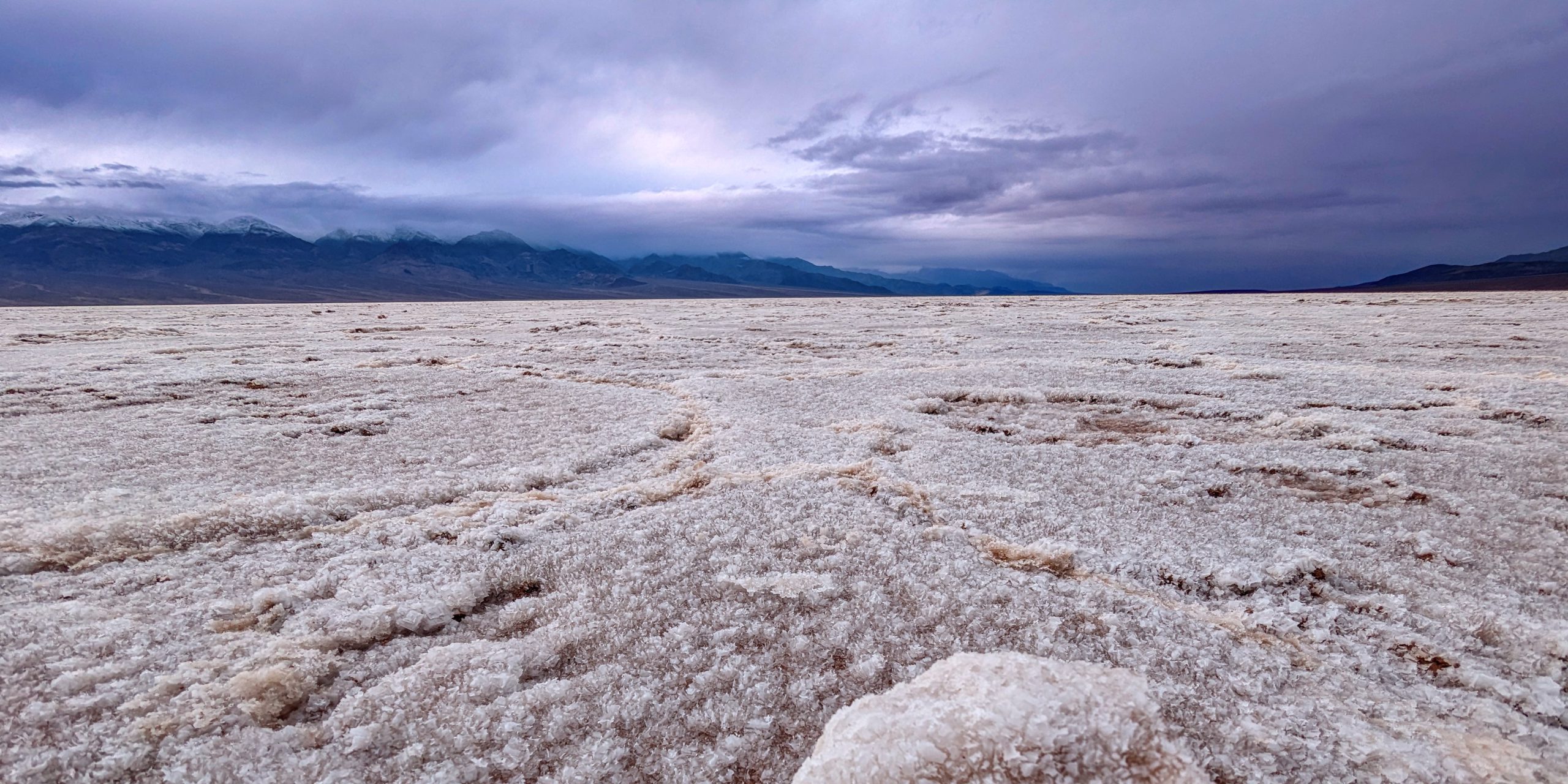
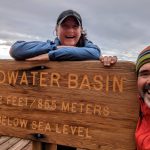
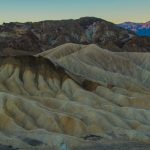
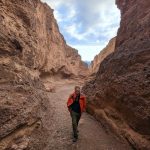
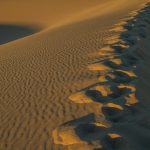
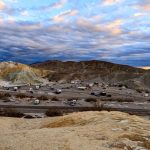
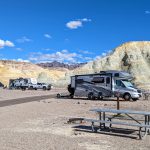
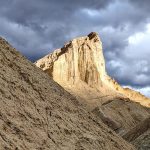
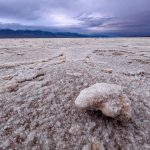
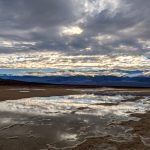
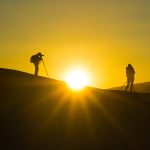
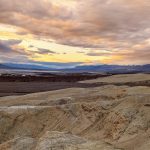
Leave a Reply